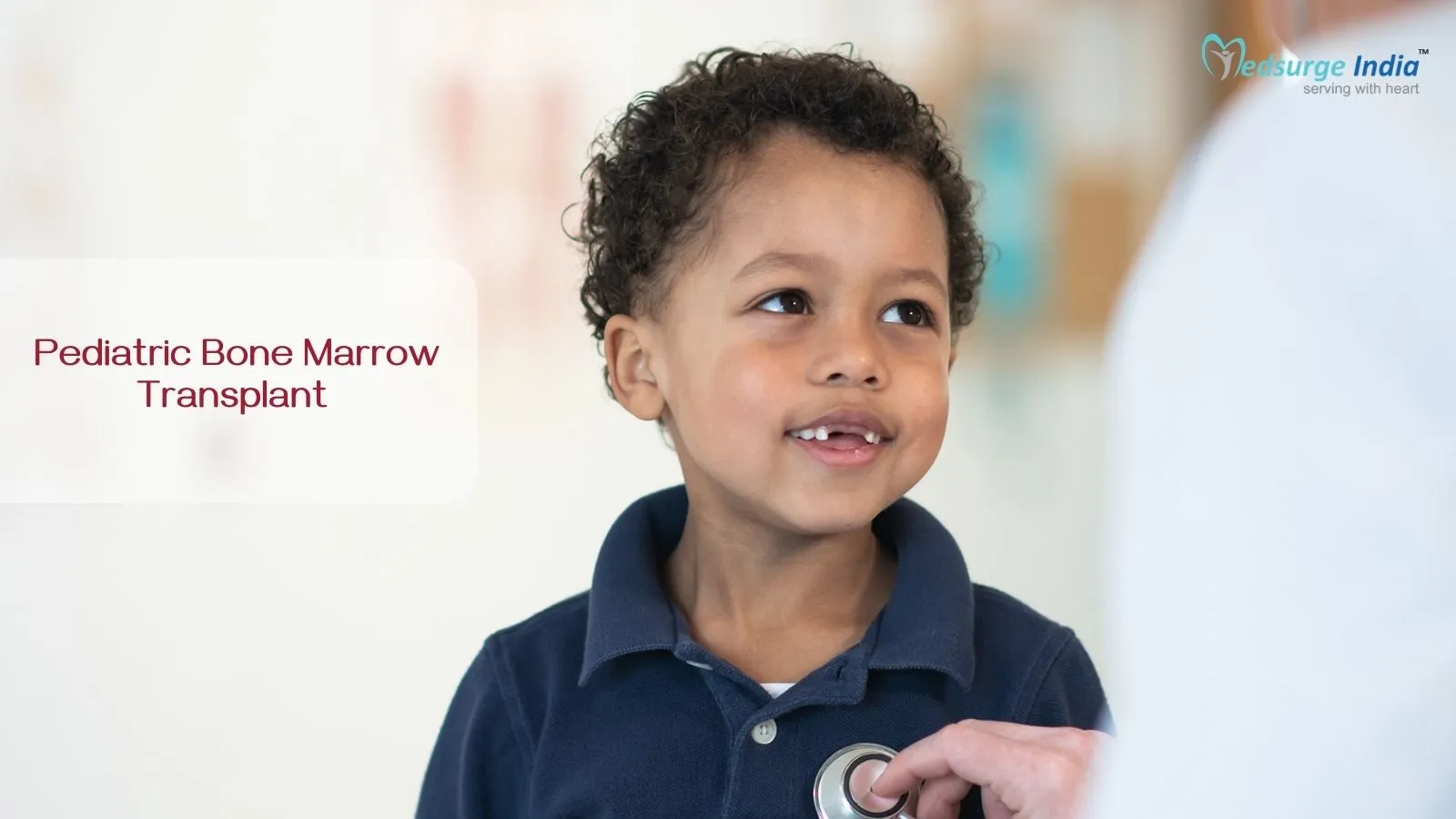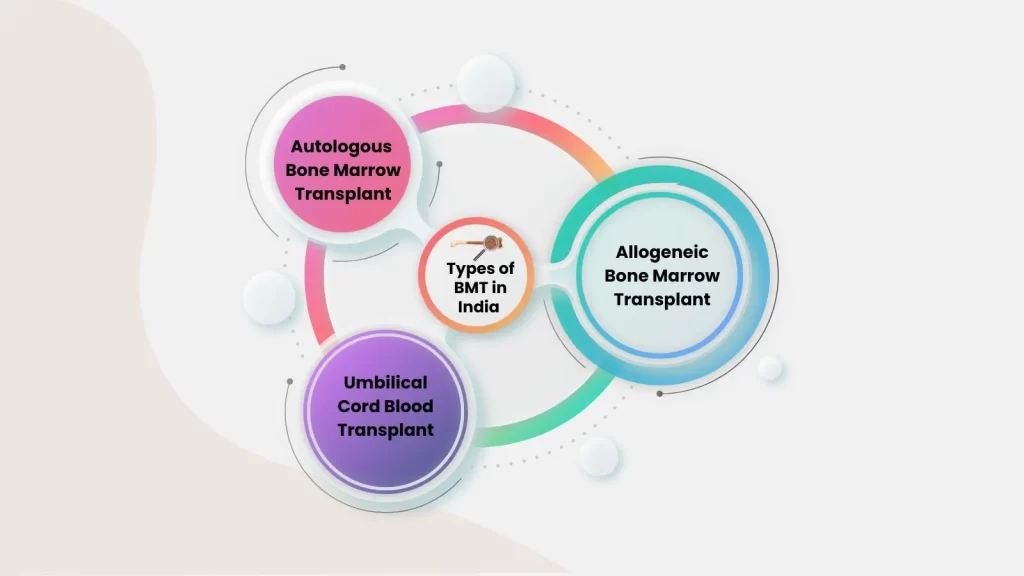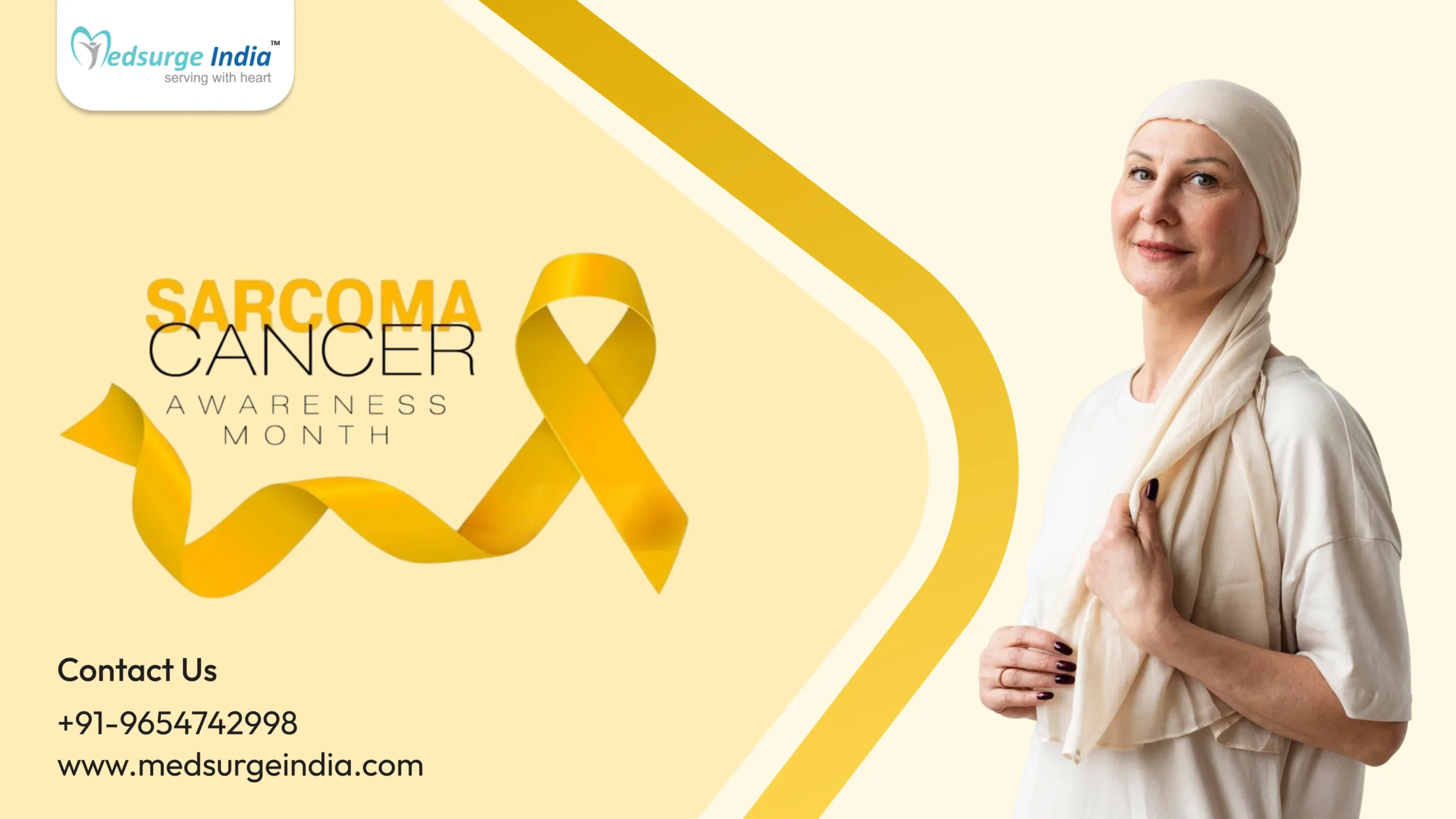
Pediatric Bone Marrow Transplants: Unique Considerations and Care
In a Pediatric Bone Marrow Transplant Unit, hematologist-oncologists, nurses, social workers, psychiatrists, psychologists, and others treat children and adolescents whose cancers are either curable with bone marrow transplant or are ultimately fatal. Despite popular belief, many children and families cope well, particularly in relatively simple cases with a positive outcome.
Bone Marrow (Stem Cell) Transplantation is a treatment for kids and teenagers with certain types of cancer and other blood abnormalities, including Sickle Cell Anemia in some circumstances.
What is Pediatric Bone Marrow Transplantation
A bone marrow transplant (BMT) is an intervention treatment option for children suffering from cancer or other blood disorders. The purpose of bone marrow transplantation is to replace a child’s damaged bone marrow with healthy bone marrow.
Bone marrow is the spongy material at the middle of the bones that produces every type of blood cells, including stem cells, which are fresh blood cells. Pediatric Bone Marrow Transplant in India involves filtering stem cells and reinserting them into the same infant. Or they are transferred to another sick child. These stem cells will develop into new, healthy bone marrow. Transplanted stem cells are called the graft.
There are various Types of BMT in India depending on how the healthy stem cells are harvested:
1.Autologous Bone Marrow Transplant: Your child is his or her own donor. Your child’s stem cells can be collected in two ways:
- Peripheral blood stem cells (PBSCs): Apheresis is used to extract stem cells from your child’s peripheral blood. Apheresis is the procedure of collecting stem cells (peripheral blood stem cells) that float in the blood. Following intense treatment, the cells are returned to your child.
- Bone marrow harvest: Stem cells are extracted from your child using a needle inserted into the soft middle of the bone. Because hip bones contain a greater quantity of stem cells, they are the most commonly used locations for bone marrow harvesting.
 2.Allogeneic Bone Marrow Transplant: The donor is someone who has the same or a comparable genetic type to your child. This is frequently a brother or sister. Finding a compatible donor can be a time-consuming process. A parent may be a donor in various instances. Alternatively, the donor could be a matched unrelated donor (MUD) identified through a bone marrow registry. Apheresis or bone marrow harvest are used to extract stem cells from the donor.
2.Allogeneic Bone Marrow Transplant: The donor is someone who has the same or a comparable genetic type to your child. This is frequently a brother or sister. Finding a compatible donor can be a time-consuming process. A parent may be a donor in various instances. Alternatively, the donor could be a matched unrelated donor (MUD) identified through a bone marrow registry. Apheresis or bone marrow harvest are used to extract stem cells from the donor.
3.Umbilical Cord Blood Transplant: Stem cells are extracted from a baby’s umbilical cord shortly after birth. These stem cells turn into mature blood cells faster and more effectively than stem cells from another child’s or adult’s bone marrow. The stem cells are examined, typed, numbered, and frozen until used in a transplant.
Reason for Pediatric Bone Marrow Transplant
The Goal of Pediatric BMT is to cure numerous diseases, including cancer. It can be used to do the following:
- Transplant healthy bone marrow for sick bone marrow. This is done to treat diseases like leukemia, aplastic anemia, and sickle cell anemia.
- After strong doses of chemotherapy or radiation are used to treat cancer, bone marrow is replaced. Instead of transplant, this procedure is commonly referred to as rescue. This is used to treat disorders such as lymphoma and neuroblastoma.
- To avoid further harm from a hereditary condition, replace damaged bone marrow with healthy bone marrow. This is done to treat conditions like Hurler syndrome and adrenoleukodystrophy disorder.
Pediatric BMT in India can be used to treat the following diseases:
- Cancers include leukemia, lymphoma, neuroblastoma, rhabdomyosarcoma, brain tumors, and kidney cancer.
- Aplastic anemia is a kind of anemia.
- Immune deficiency, such as Wiskott-Aldrich disease or severe mixed immunodeficiency disorder.
- Genetic disorders include Sickle Cell Disease, Thalassemia, Diamond Blackfan Anemia, Hurler Syndrome, and Adrenoleukodystrophy Disorder.
Procedure of Pediatric Bone Marrow Transplant
Prior to the Transplant
- The bone marrow transplant experts will conduct a thorough evaluation of your child. The team will discuss the risks and advantages of transplant and other treatment options with you.
- Your child will be subjected to physical examinations and tests. Blood tests are performed on your child. They examine how well organs such as the heart, kidneys, liver, and lungs work.
- Your child may be required to visit the transplant center up to ten days before the transplant. A central venous line is a thin, flexible tube (catheter) that is surgically implanted in a vein in your child’s chest. The catheter will be used to administer blood products and medications.
In Duration
- Once compatible stem cells have been identified, your kid will be given high doses of chemotherapy or radiation (or both) to destroy any existing bone marrow. This allows the new bone marrow cells to develop. This is known as Ablative or Myeloablative Therapy. It prevents the formation of new blood cells. The bone marrow is depleted. An empty marrow is required to allow the new stem cells to develop and establish a new system for producing new blood cells.
- The stem cells are then administered to your child via an IV in a big vein, usually in the chest. This is referred to as a central venous catheter. Obtaining stem cells is analogous to receiving a blood transfusion. The stem cells transfer into the bone marrow. They begin to expand and produce new, healthy blood cells.
- Your child may have the following symptoms during bone marrow infusion: Pain, Chills, Fever, Hives,pain in the chest.
Conclusion
It is frequently asked whether a relative other than a sibling can be utilized as an HLA-matched donor for BMT. A parent has a 1% probability of being closely matched with his or her child and can be employed similarly to a matched sibling. In general, the chances of finding a properly matched relative, such as a cousin, uncle, or grandmother, are so rare that the time and effort necessary usually do not justify a search. However, in rare cases, such as among certain ethnic groups or where the parents’ families are linked, a thorough extended family search may be worthwhile. During the initial consultation, this will be addressed.
Long-term success differs from child to child. Emotional support for your child and family is essential throughout the transplant process. Your transplant team will help you cope with the stress of the procedure and will be there for you when your kid returns home. They will tell you about medications, child care, and when and how to contact them with questions.
Your child’s transplant team will also discuss his or her prognosis, follow-up care, and future treatments with you.
References
- https://www.stanfordchildrens.org/en/topic/default?id=bone-marrow-transplantation-in-children-90-P03062
- https://www.ucsfbenioffchildrens.org/education/pediatric-candidates-for-bone-marrow-transplant-bmt
- https://childrensnational.org/visit/conditions-and-treatments/blood-marrow/bone-marrow-transplant






